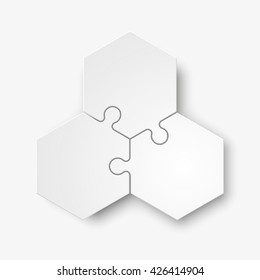December 5, 2018
The Holy Trinity Explained
The Holy Trinity Explained
In the Christian faith, the Trinity is the most difficult concept to explain. In fact few Christians comprehend the concept, many mistakenly believing that the three Persons of the Trinity each constitute one-third of God's essence. The failure to explain how each Person of the Trinity is also the other two persons of the Trinity, or the One God, has led to errant Trinity models that had (1) each Person of the Trinity being one-third of God (it is not one God with three parts, but one God in each of the three persons.); (2) each Person of the Trinity with dissimilar essences (such as the egg model's three dissimilar essences, as represented by the (a) egg shell; (b) egg white; and (c) egg yoke); or (3) three Gods, as illustrated in the infamous Saint Patrick three-leaf clover model.
In fact, theologians say the Trinity cannot be explained:
Unger Bible Dictionary laments, “It is admitted by all who thoughtfully deal with this subject that the Scripture revelation here leads us into the presence of a deep mystery; and that all human attempts at expression are of necessity imperfect ”
A.W. Tozer, in his book The Knowledge of the Holy , writes that the Trinity is an “ incomprehensible mystery ” and that attempts to understand it “ must remain forever futile. ” He admits that churches, “ without pretending to understand,” have nevertheless continued to teach this doctrine ( 1961, pp. 17-18 ).
Theologian Steve Holmes, who has authored several books on the Trinity, can only provide the basic definition for the Trinity, "The one eternal God who created all things exists eternally three times over as Father, Son and Spirit, who are inseparably united."
What has stymied theologians in explaining the basic mechanics of the Trinity is failure to abstract. Abstract, you nervously ask, anticipating an invisible physics-based model of the Trinity that will go over everyone's head! Not at all! The abstraction is both observable (in its solid form) and so easy to comprehend, even a ten-year old will comprehend the model. So let's get to the Trinity model.
A three-piece cardboard puzzle that uses an easy-to-understand abstraction that, for the first time, explains the three characteristics of the Trinity:

2. and the three pieces of the cardboard puzzle represent the three persons of the Trinity;
3. then - this is where the abstraction comes into play - just as the physical composition of the cardboard puzzle is made of paper pulp representing God's essence, therefore God's essence is also in each of the three puzzle pieces because they too are made of paper pulp.
The Trinity puzzle is not only ideal for instruction in the faith, where once eyes glossed over, but will increase the numbers of those who are now hesitant to evangelize the faith due to their fuzzy comprehension of the Trinity.
--------------------------------------------------------------------------------------------------------------------------
Addendum:
God and His essence are one and the same, therefore to bring the Trinity model also into this unitary relationship we say that paper pulp is one and the same as the three-piece puzzle Trinity model.

Comments
Post a Comment